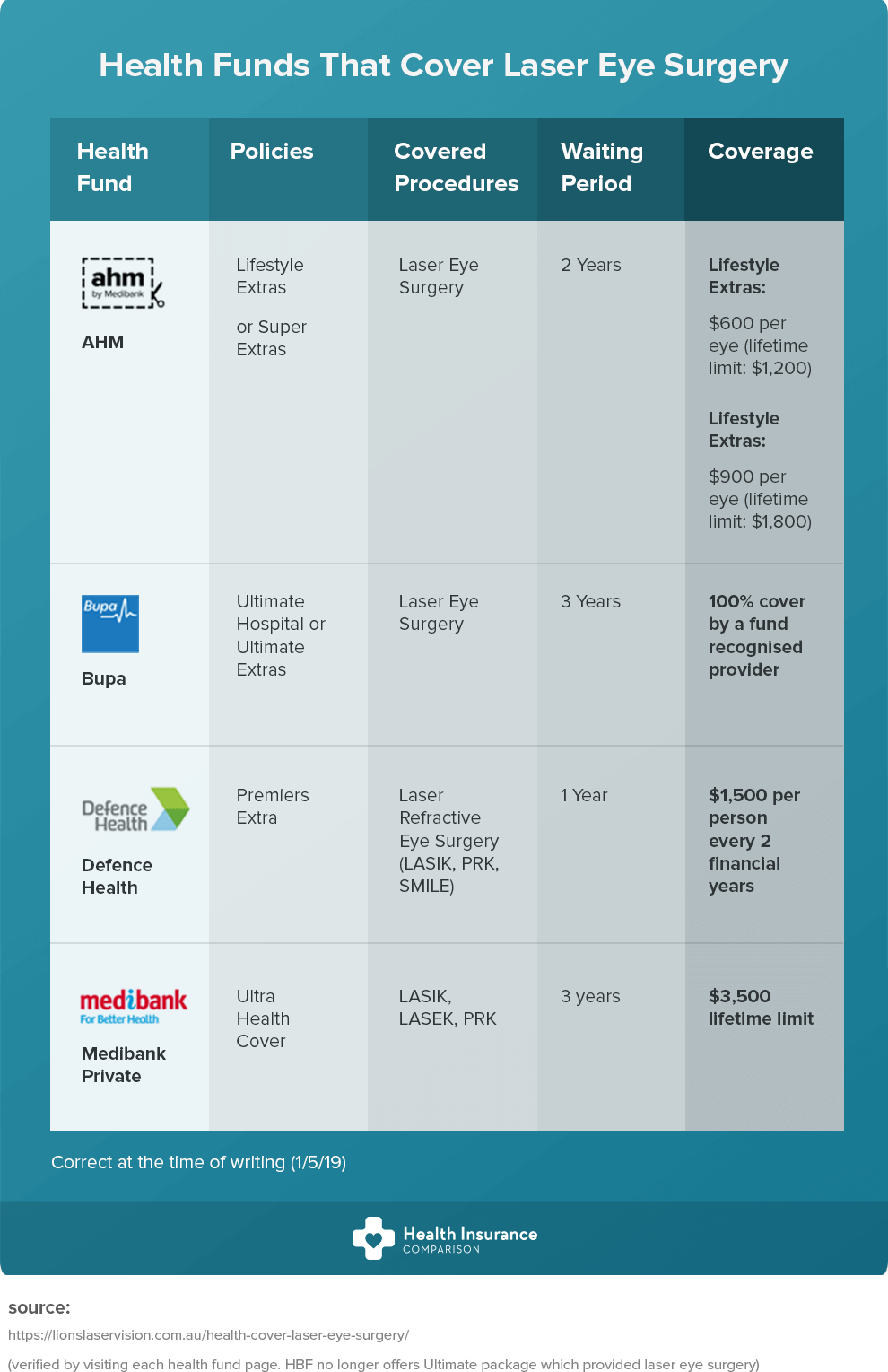The Development Of Modern Cataract Surgical Procedure Approaches: A Thorough Evaluation
The Development Of Modern Cataract Surgical Procedure Approaches: A Thorough Evaluation
Blog Article
Article Author-Ottesen Serrano
As you explore the evolution of advanced cataract surgical treatment techniques, you'll witness a journey marked by resourcefulness and precision. From old approaches that led the way for modern-day technologies to innovative technologies that are reinventing the field, the comprehensive overview of cataract surgical procedure methods is a testament to human progress and dedication to improving client end results. The intricate interplay between historic methods and futuristic innovations develops a fascinating narrative that sheds light on the advancement of among the most usual surgeries worldwide.
Historic Strategies and Advancements
Check out how early specialists transformed cataract treatment by using cutting-edge techniques and tools. In the past, cataract surgical procedure was a dangerous and uncomfortable treatment. Nevertheless, old Indian physicians were amongst the first to try medical interventions for cataracts, using a technique called 'couching' where a sharp instrument was utilized to press the cataract back into the eye. This method, though crude by today's requirements, prepared for future improvements in cataract surgery.
As time proceeded, Arab doctors made considerable contributions by creating specialized needles for cataract removal. These needles were used to pierce the cataract and then remove it from the eye, noting a significant improvement in medical accuracy.
Later on, in the 18th century, the French surgeon Jacques Daviel originated the technique of extracapsular cataract extraction, where the whole lens was gotten rid of undamaged with a bigger incision. Highly recommended Webpage noted a significant development in cataract surgical procedure techniques, leading the way for the contemporary treatments we utilize today.
Modern Surgical Approaches
Early techniques in cataract surgical treatment have advanced dramatically, leading to the growth of modern-day surgical strategies that prioritize precision and improved patient outcomes. Modern cataract surgery now often includes a treatment called phacoemulsification, where an ultrasonic device separate the cataract for removal with a small laceration. This method allows for quicker recovery and lowers the risk of issues contrasted to older approaches.
Additionally, using advanced intraocular lenses (IOLs) has actually transformed cataract surgical treatment results. These lenses can fix not only the cataract however likewise other refractive errors like astigmatism, minimizing the requirement for glasses post-surgery.
Surgeons today likewise have access to innovative imaging technologies that aid in specific preoperative preparation and intraoperative decision-making. Laser Eye Surgery Las Vegas Nv (OCT) and other imaging modalities offer comprehensive photos of the eye's structures, permitting a much more customized strategy per person's surgical procedure. With these advancements, modern-day cataract surgical treatment strategies remain to enhance, offering individuals more secure procedures and much better visual outcomes.
Emerging Technologies in Cataract Surgical Procedure
With developments in modern technology transforming the area, cataract surgical treatment is seeing the integration of cutting-edge methods for enhanced individual results. Arising technologies in cataract surgical treatment are reshaping the landscape of ophthalmic treatments. One such development is femtosecond laser technology, which enables exact corneal cuts, capsulotomies, and lens fragmentation, bring about boosted medical precision and end results.
Additionally, intraoperative aberrometry is gaining popularity, enabling real-time dimensions of refractive mistakes during surgical treatment to enhance intraocular lens power computations and reduce postoperative refractive shocks.
Furthermore, the use of advanced imaging technologies like optical comprehensibility tomography (OCT) and intraoperative wavefront aberrometry help doctors in specific medical preparation and execution. These tools provide detailed physiological details and aid tailor surgical strategies for each and every patient's distinct eye attributes.
In addition, advancements in artificial intelligence are being explored to assist in preoperative planning, intraoperative decision-making, and postoperative care, potentially maximizing medical results and client complete satisfaction. Welcoming these arising technologies in cataract surgical procedure holds promise for more enhancing patient results and guaranteeing the continued development of ocular medical methods.
Verdict
As you journey with the background of cataract surgery, you witness the change from old practices to sophisticated technologies. Like a phoenix metro rising from the ashes, cataract surgery has progressed right into a sign of hope and development.
Just as a caterpillar arises from its cocoon as a lovely butterfly, cataract surgical procedure has blossomed right into a refined art type, offering patients clearer vision and a brighter future.
The evolution continues, shining a light on endless possibilities.
